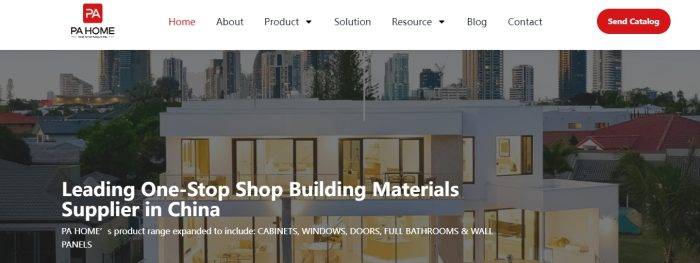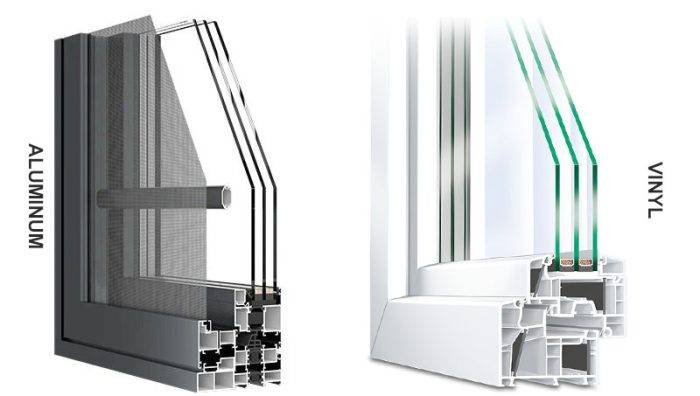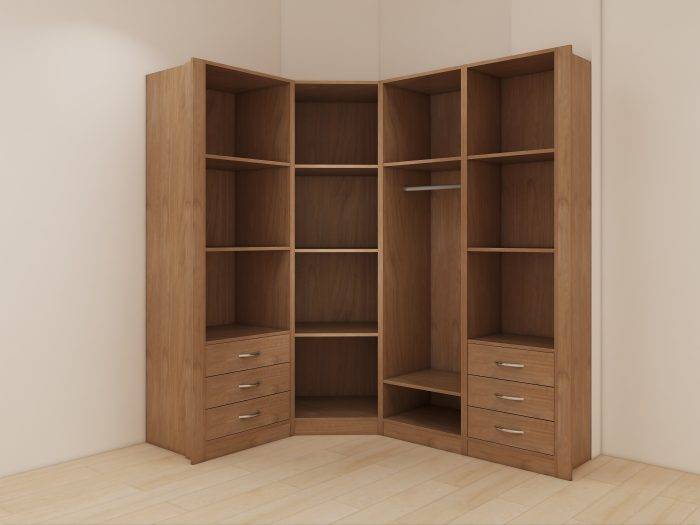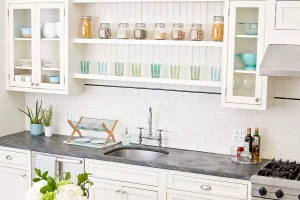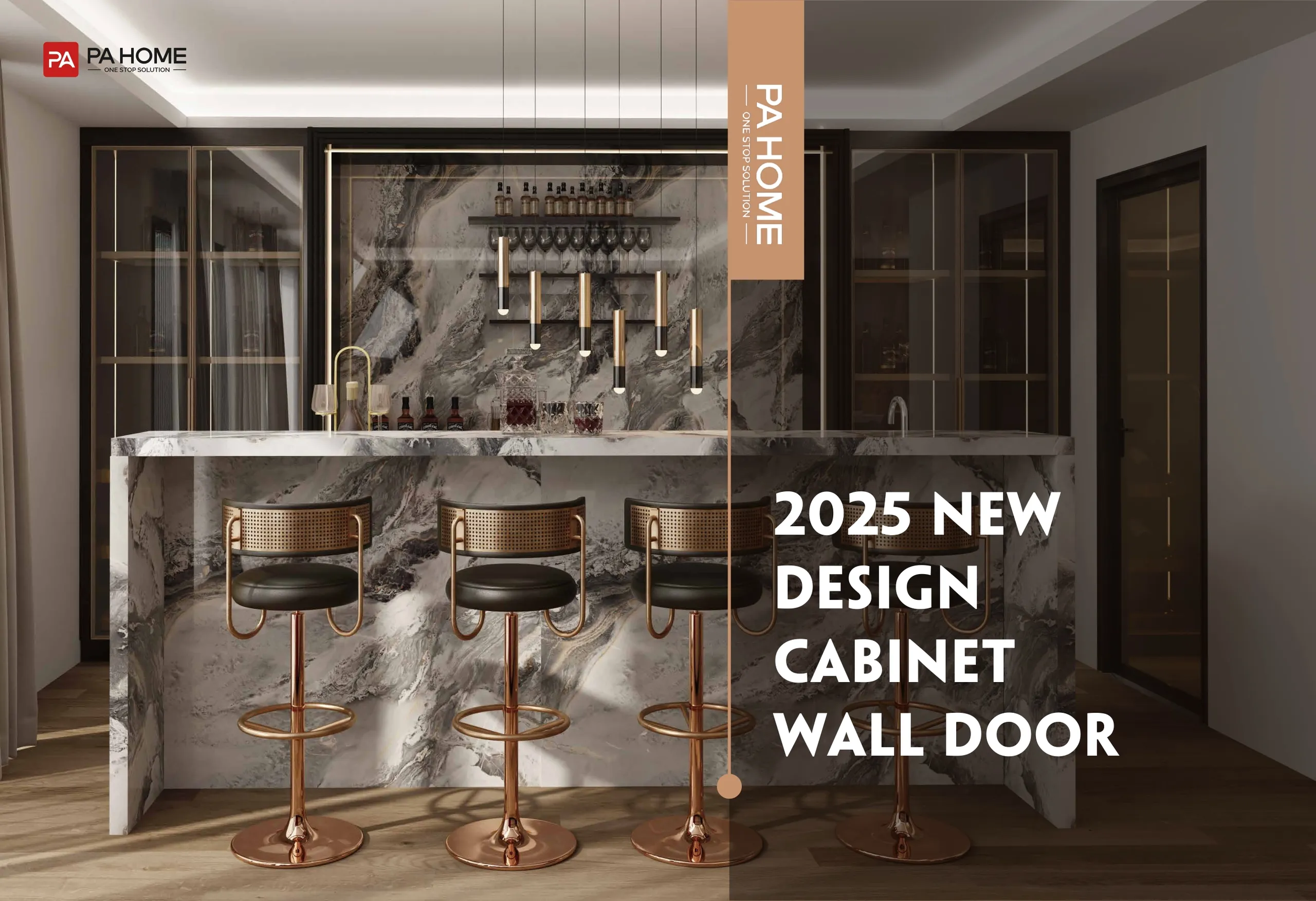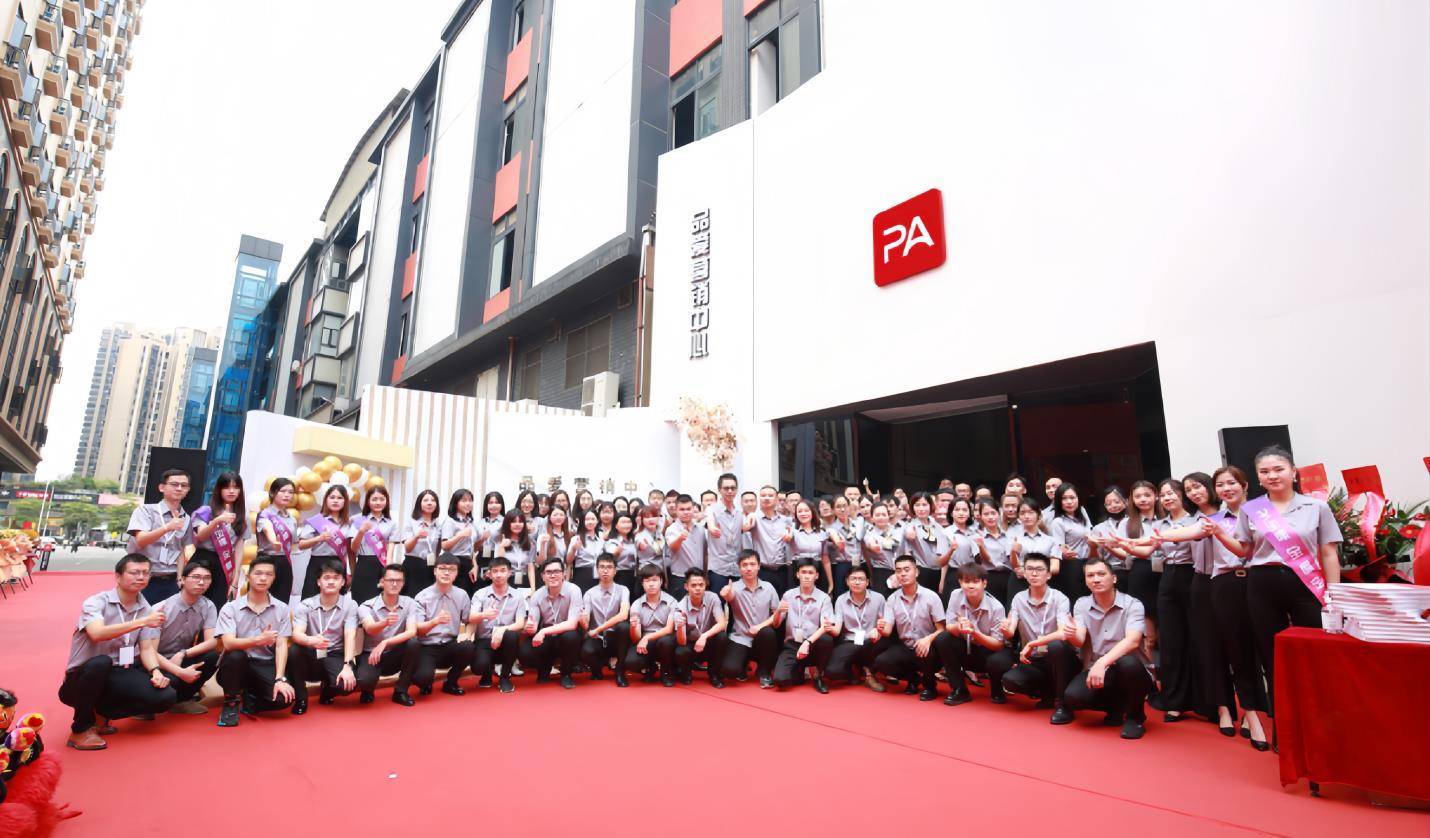Teal kitchen cabinets have become an increasingly popular design choice in residential interiors, but are they a viable option for large-scale engineering projects? Engineering projects, such as multi-unit housing developments, hospitality establishments, and commercial kitchens, require cabinetry solutions that are not only visually appealing but also cost-effective, durable, and functional.
This article explores the feasibility of using teal kitchen cabinets in engineering projects. We will analyze key considerations such as durability, cost, design versatility, customization options, and market appeal. Additionally, we will discuss real-world case studies, industry trends, and expert insights to help developers and contractors make informed decisions.
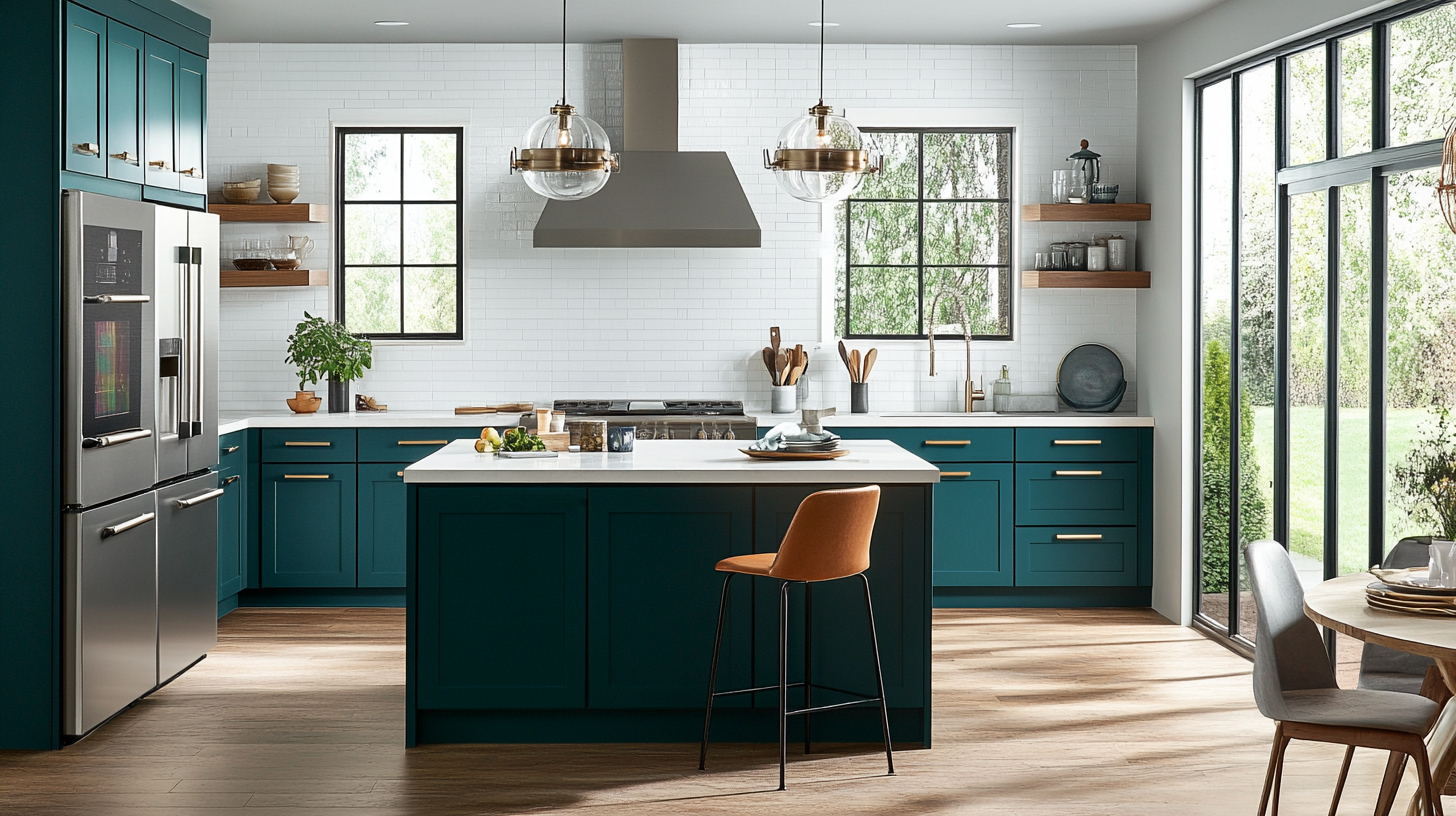
The Role of Kitchen Cabinetry in Engineering Projects
Understanding Engineering Projects in the Kitchen Industry
Engineering projects in kitchen cabinetry refer to large-scale, high-volume installations typically commissioned by developers, real estate investors, and contractors. These projects demand materials and designs that align with industry standards, cost constraints, and long-term usability.
- Multi-Family Housing & Apartment Complexes: Requires cabinetry that is budget-friendly, durable, and visually appealing for mass production.
- Hospitality & Hotel Kitchens: Demands stylish yet functional cabinetry that can endure heavy usage.
- Commercial & Office Kitchen Spaces: Needs aesthetically pleasing and practical cabinets that optimize storage.
- Senior Living & Healthcare Facilities: Requires cabinetry that is ergonomic, low-maintenance, and easy to clean.
The cabinetry choices in these projects significantly impact the overall appeal, efficiency, and value of the property.
Why Color Matters in Large-Scale Projects
Color plays a crucial role in interior design, influencing mood, space perception, and branding. While traditional engineering projects often favor neutral colors like white, gray, and beige, teal is gaining traction as a bold yet sophisticated alternative.
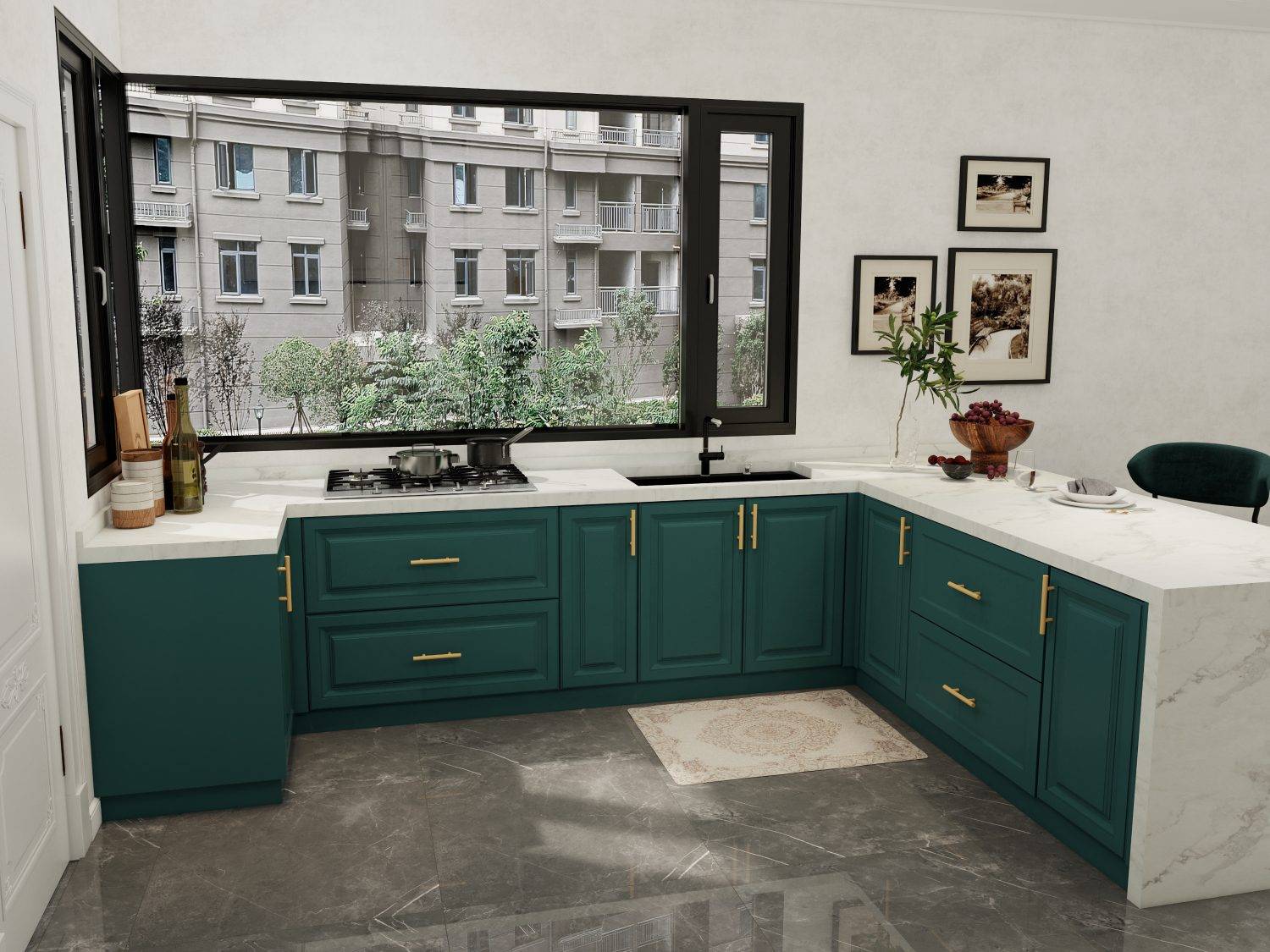
Benefits of Teal Kitchen Cabinets in Commercial and Multi-Unit Developments:
- Creates a Unique and Upscale Look: Distinguishes the project from standard designs, appealing to high-end tenants and buyers.
- Evokes a Sense of Calm and Sophistication: Teal balances the serenity of blue with the refreshing vibrance of green, making it suitable for various design styles.
- Enhances Brand Identity: For commercial spaces, bold cabinetry colors can reinforce brand aesthetics and create memorable environments.
- Pairs Well with Neutral Elements: Works seamlessly with white, gray, black, and wood tones, allowing for flexible design integration.
However, developers must consider market preferences, project objectives, and long-term viability before committing to a bold cabinetry color like teal.
Evaluating Teal Kitchen Cabinets for Engineering Projects
Durability and Material Considerations
Engineering projects require cabinetry materials that withstand heavy usage, environmental factors, and long-term wear. Teal kitchen cabinets can be manufactured from a variety of materials, each offering distinct advantages.
Best Materials for Teal Kitchen Cabinets:
- Melamine: Budget-friendly, scratch-resistant, and easy to maintain—ideal for high-traffic environments.
- HDF (High-Density Fiberboard): Provides a smooth surface for painted or lacquered teal finishes, making it a popular choice for contemporary designs.
- Plywood: High durability and moisture resistance, making it suitable for humid conditions such as hotel and commercial kitchens.
- Lacquered MDF: Offers a high-end glossy or matte finish that enhances the luxurious appeal of teal cabinets.
| Material | Advantages | Disadvantages |
|---|---|---|
| Melamine | Affordable, durable surface | Plain appearance, hard to repair |
| HDF (High-Density Fiberboard) | Smooth, ideal for finishes | Moisture sensitive |
| Plywood | Durable, moisture resistant | May need extra finishing |
| Lacquered MDF | High-end finish | Vulnerable to moisture, costly repairs |
Additional Features to Enhance Durability:
- Soft-close hinges to reduce wear and tear.
- Moisture-resistant coatings for humid environments.
- Anti-scratch laminates to maintain long-term aesthetics.
Cost Analysis: Is Teal a Viable Option for Large-Scale Developments?
Cost is one of the most critical factors when selecting cabinetry for large-scale projects. While teal cabinets may carry a slight premium over standard white or natural wood-finished cabinets, they can offer a high return on investment (ROI) in premium developments.
Key Cost Considerations:
- Bulk Order Pricing: Custom-colored cabinetry may have higher initial costs, but bulk orders can significantly lower the per-unit price.
- Supplier Consistency: Ensuring uniform color and quality across large orders is crucial when working with teal cabinetry.
- Value Addition: Bold, well-executed kitchen designs can enhance the perceived property value, increasing rental or resale prices.
- Material Selection: Cost varies significantly between melamine (affordable) and lacquered MDF or plywood (premium options).
Design Applications in Commercial and Multi-Unit Projects
Modern vs. Traditional Teal Kitchen Designs
- Modern Developments: High-gloss teal cabinets combined with stainless steel appliances create a sleek, futuristic appearance.
- Traditional Applications: Matte teal cabinets in shaker-style designs add charm and sophistication to classic interiors.
- Industrial Style: Dark teal cabinets paired with exposed wood and metal fixtures evoke an urban, contemporary feel.
- Scandinavian Minimalism: Light teal cabinetry with white accents contributes to an airy, inviting atmosphere.
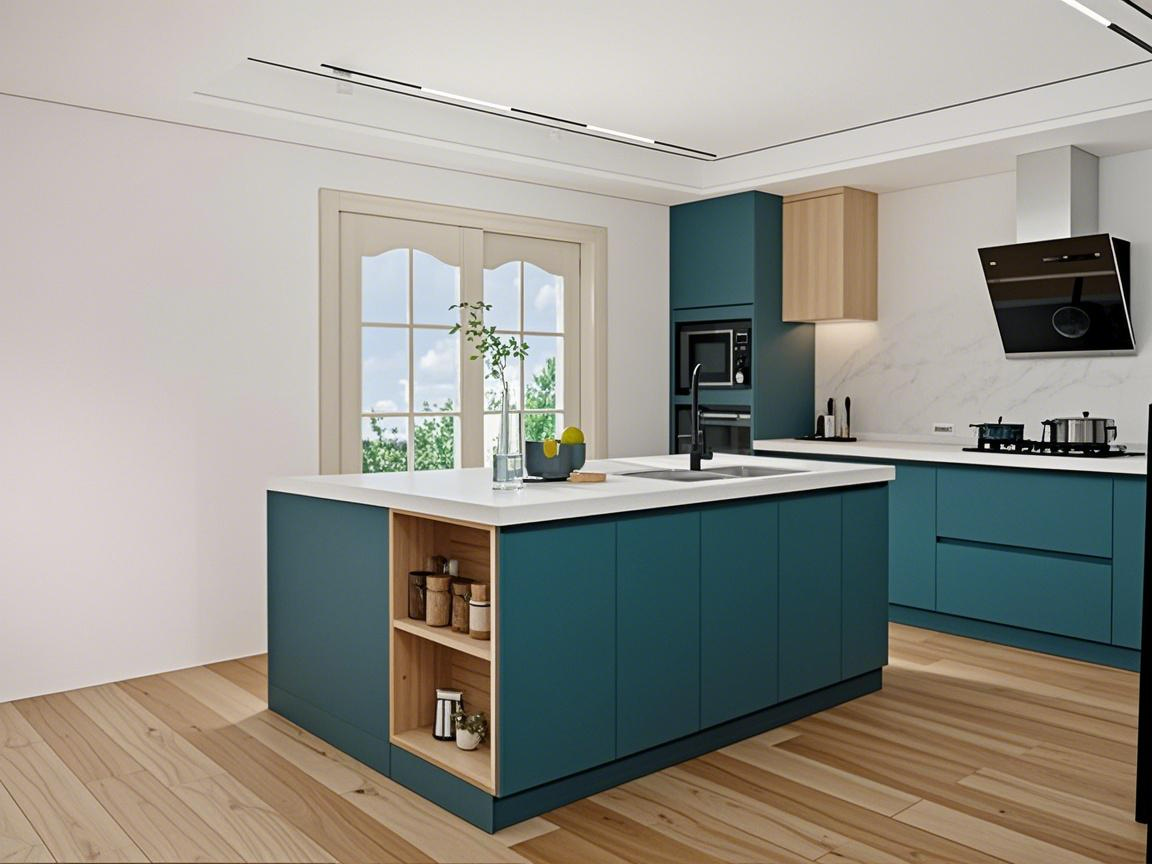
Challenges and Considerations
Maintenance and Long-Term Performance
- Ease of Cleaning: Lacquered and melamine finishes require minimal upkeep, while matte finishes may need more frequent maintenance.
- Resistance to Wear: Choosing high-quality finishes and protective coatings ensures long-term color retention and scratch resistance.
- Sunlight Exposure: UV-resistant coatings help prevent fading in well-lit spaces.
Conclusion
Teal kitchen cabinets can be an excellent choice for engineering projects when applied strategically. Their bold aesthetics, durability, and customization options make them suitable for premium developments, hospitality spaces, and modern living environments. However, careful cost assessment, market research, and material selection are essential to ensure long-term viability.
FAQS
Yes, teal kitchen cabinets can be highly durable in commercial settings when constructed from robust materials like high-density fiberboard (HDF) or plywood. Applying quality finishes enhances their resistance to wear and tear, making them suitable for high-traffic areas.
Teal cabinets can positively influence resale value by adding a unique and modern aesthetic, attracting buyers seeking distinctive designs. However, it’s essential to consider regional market preferences, as some buyers may favor traditional color schemes.
Maintaining teal kitchen cabinets involves regular cleaning with a soft cloth and mild, non-abrasive cleaners to preserve their color and finish. Avoiding harsh chemicals and excessive moisture will help maintain their appearance over time.

